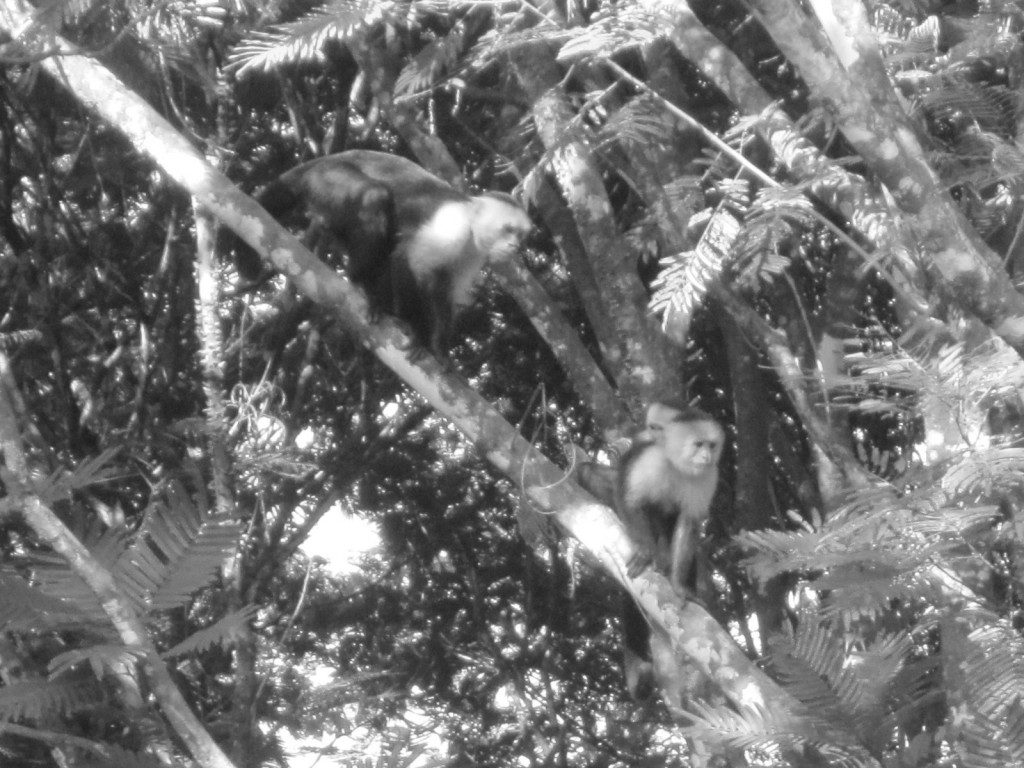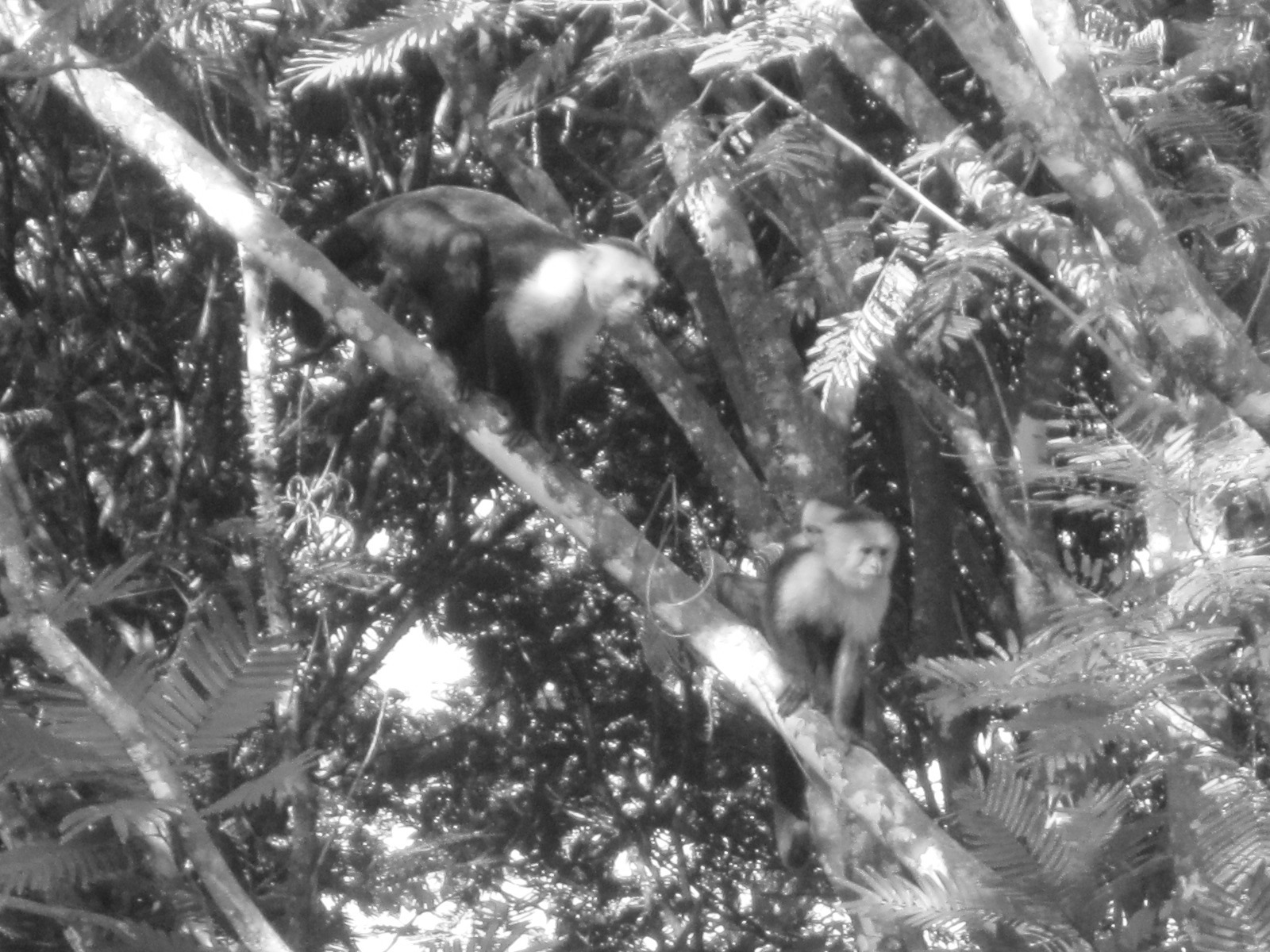

BY BRIANA MAGISTRO
SC Staff Writer
About 2.2 to 2.5 million years ago, our human-like ancestors began to walk upright, develop a complicated vocal system, and grow brains larger than any other primate.
Our close history with primates leads to us sharing many genetic features with primates. Primates are believed to be extremely intelligent, documented as using hand-made tools and mimicry.
They are frequently featured in movies, cultural media, and documentaries.
A recent hit music video, Katy Perry’s “Roar,” featured a small black and white monkey. The “Ace Ventura” series from the 1990s with Jim Carrey also had a furry primate co-star.
This monkey is called the white-faced capuchin.
White-faced capuchins are found throughout Central America. Capuchins get their name from their “hooded” look. Capuchins possess a dark body with white around the face and belly.
During the discovery of the New World, explorers thought these monkeys looked like Franciscans from a religious order in Capuchin. These Franciscans wore dark robes and covered their heads with the hoods.
The body of this primate can grow to about a foot and a half long, but its tail alone can be two feet long! This monkey’s tail is prehensile, meaning it is able to grasp onto objects, such as trees.
This allows the monkey to swing from tree to tree and frees up its four nimble limbs.
The diet of a capuchin can vary depending on what type of climate it lives in. Forests in Central and South America can differ greatly, depending on altitude and proximity to the ocean.
Some forests are more tropical and humid, while others can remain drier with less foliage, giving way to varying meal choices. The core diet of a capuchin consists of fruits and other plants, as well as invertebrates.
White-faced capuchins live in large extended family groups whose numbers can exceed 30 members. These monkeys have a patriarchal culture, meaning that males dominate females, and the leader of the group is a male. This is common among primates.
Unlike most other primates, white-faced capuchins allow other adult males to live within the group. The dominant male allows other males to mate with females in the group upon appointment.
The other males in the group are assigned the dominant male’s daughters as their mates.
Females also share a complex relationship with one another. Females related to one another on their mother’s side tend to be more amiable to one another.
Also, females will band together to protect their young when a rogue male tries to overtake a family.
The rogue male intends to rid the family of any young, since they are not his own. Females share a maternal bond in that many can be lactating while there are young around, even if it is not their offspring.
However, while females are lactating, they are unable to bear offspring themselves. So, while there are young in a family group, very few females can mate with a new male.
Compared to other animals, these social and familial behaviors are very complex.
Primates have even been documented to use and make tools of their own. Footage of capuchins using two large stones to crush nuts and seeds has been recorded.
White-faced capuchins use many human-like facial expressions to convey non-verbal socializations, another reason why they are so common in today’s media.
Email Briana at:
bmagistro@live.esu.edu

